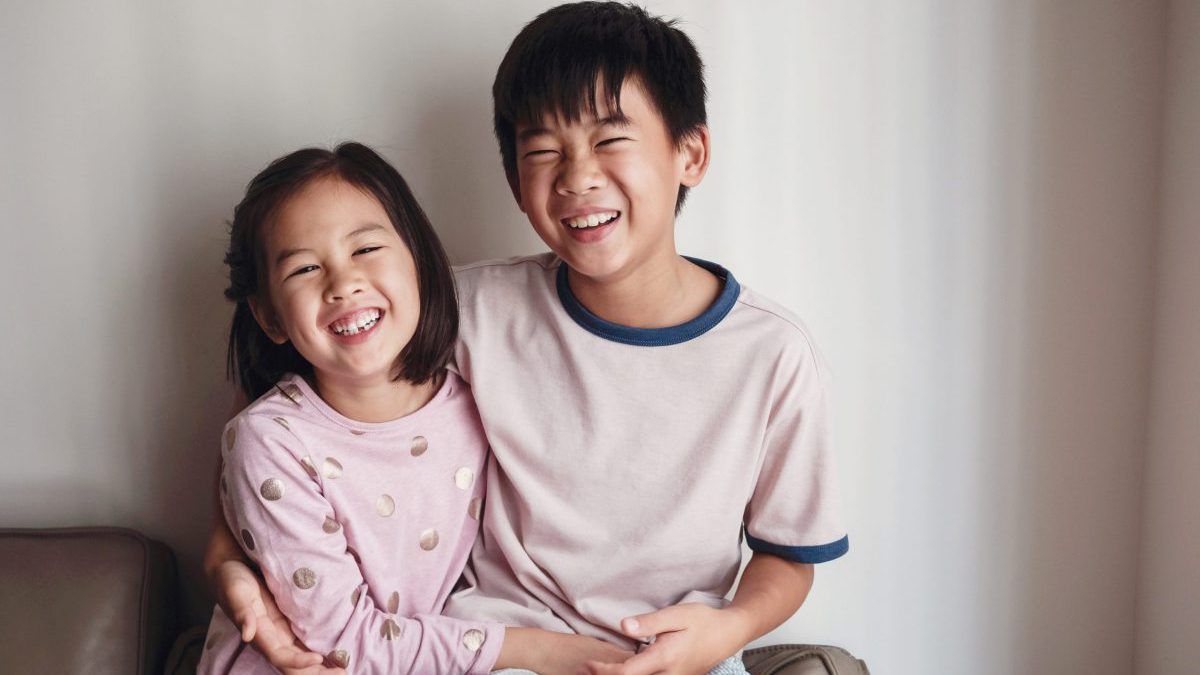Science
Learning more about 'normal' axial elongation in emmetropic children

In this article:
Title: Percentile Charts for Normal Axial Length Changes in Chinese Schoolchildren with Stable Emmetropia
Authors: Yee Ling Wong1,3 , Yimin Yuan2,3 , Yang Ding2,3 , Yingying Ye2,3 , Adeline Yang1,3 , Bjorn Drobe1,3 , Hao Chen2,3 , Jinhua Bao2,3
- Essilor International, Singapore
- Wenzhou Medical University, Wenzhou, Zhejiang, China
- Wenzhou Medical University-Essilor International Research Centre, Wenzhou Medical University, China
Reference: ARVO 2021 abstract
Summary
The previous multi-ethnicity CLEERE study showed 'normal' axial elongation in emmetropic children to be around 0.1mm / year. In this study, 700 Chinese schoolchildren with stable emmetropia showed 0.2mm per year axial elongation from age 7-11, which reduced with age and ceased at age 15. This appears higher than that measured in Singaporean Chinese children in the SCORM study.
Both the SCORM and CLEERE studies concluded data collection around 20 years ago. While CLEERE had a diverse ethnicity, SCORM did not and baseline axial lengths were similar to this study.
What this means for your clinical practice: that there's still a lot to learn about 'normal' axial growth throughout emmetropization, which influences targets for myopia control. This study affirms the longer eye lengths and faster axial growth in children of Asian ethnicity, even in emmetropes. The best advice is to keep an eye on axial length percentile growth charts as more data is added to these, to best judge gender and ethnicity-specific changes in axial length.
Abstract
Purpose: To describe the normal growth pattern of axial length (AL) with age in a cohort of schoolchildren with stable emmetropia.
Methods: Stable emmetropia was defined as spherical equivalent (measured by subjective refraction) > -0.5 D and ≤ +0.75 D in the right eye for 2 consecutive annual visits. A total of 700 schoolchildren with stable emmetropia enrolled in the Wenzhou Medical University-Essilor Progression and Onset of Myopia (WEPrOM) prospective cohort study, aged between 7 to 9 years with at least 2 years of follow-up between 2014 to 2018, were analysed. Ocular biometry, including AL measurements, was performed.
Results: A logistic function model was used to describe the changes in axial length with age, and a chart for AL changes versus age was plotted in percentiles (2.5th, 5th, 25th, 50th, 75th, 95th, and 97.5th; Figure). For children with stable emmetropia, the predicted change in AL in the next year was 0.22 (interquartile range [IQR; 25th to 75th percentile], 0.2-0.32) for children aged 7-9 years, 0.21 (0.13-0.3) for aged 10 years, 0.18 (0.08-0.27) for aged 11 years, and 0.12 (0.03-0.2) for aged 12 years. The lines with the predicted change in AL in the next year decreased gradually with age, till they plateaued nearing the age of 15 years, indicating that eyes of children with stable emmetropes continue to have AL growth till late adolescence.
Conclusions: Normal AL growth of approximately 0.2 mm/year (50th percentile) occurs among stable emmetropic Chinese schoolchildren aged 7-11 years. Percentile growth curves of changes in AL among stable emmetropes may be useful for clinicians to assess the effectiveness of myopia control interventions in slowing down axial elongation of myopic patients to that of a normal emmetrope.
Disclosures: Yee Ling Wong, Essilor International, Singapore (Code E (Employment)); Yimin Yuan, None; Yang Ding, None; Yingying Ye, None; Adeline Yang, Essilor International, Singapore (Code E (Employment)); Bjorn Drobe, Essilor International, Singapore (Code E (Employment)); Hao Chen, None; Jinhua Bao, None
Meet the Authors:
About Kate Gifford
Dr Kate Gifford is an internationally renowned clinician-scientist optometrist and peer educator, and a Visiting Research Fellow at Queensland University of Technology, Brisbane, Australia. She holds a PhD in contact lens optics in myopia, four professional fellowships, over 100 peer reviewed and professional publications, and has presented more than 200 conference lectures. Kate is the Chair of the Clinical Management Guidelines Committee of the International Myopia Institute. In 2016 Kate co-founded Myopia Profile with Dr Paul Gifford; the world-leading educational platform on childhood myopia management. After 13 years of clinical practice ownership, Kate now works full time on Myopia Profile.
Enormous thanks to our visionary sponsors
Myopia Profile’s growth into a world leading platform has been made possible through the support of our visionary sponsors, who share our mission to improve children’s vision care worldwide. Click on their logos to learn about how these companies are innovating and developing resources with us to support you in managing your patients with myopia.











